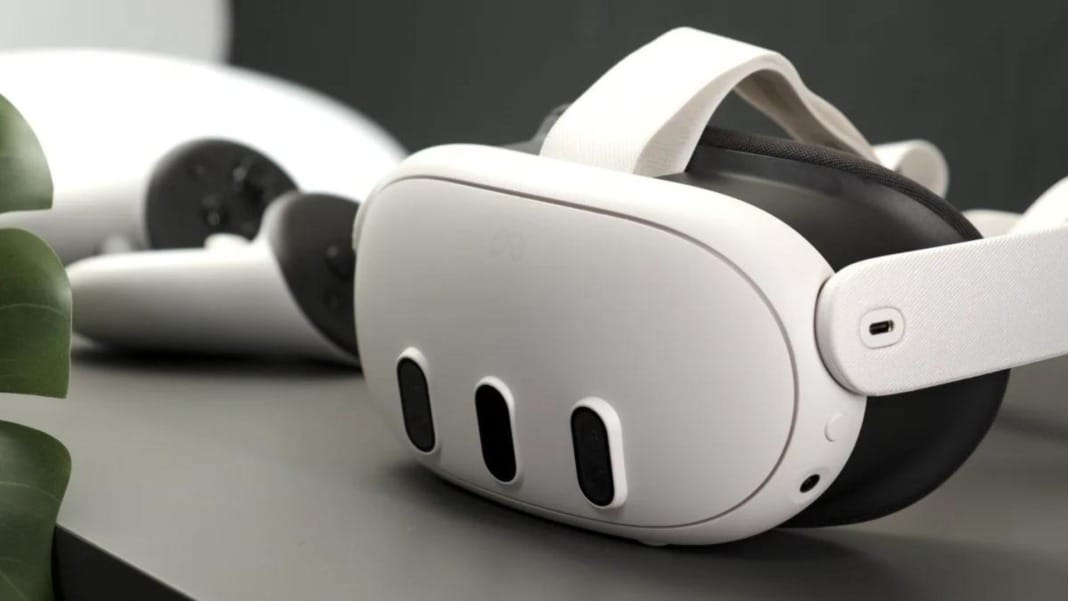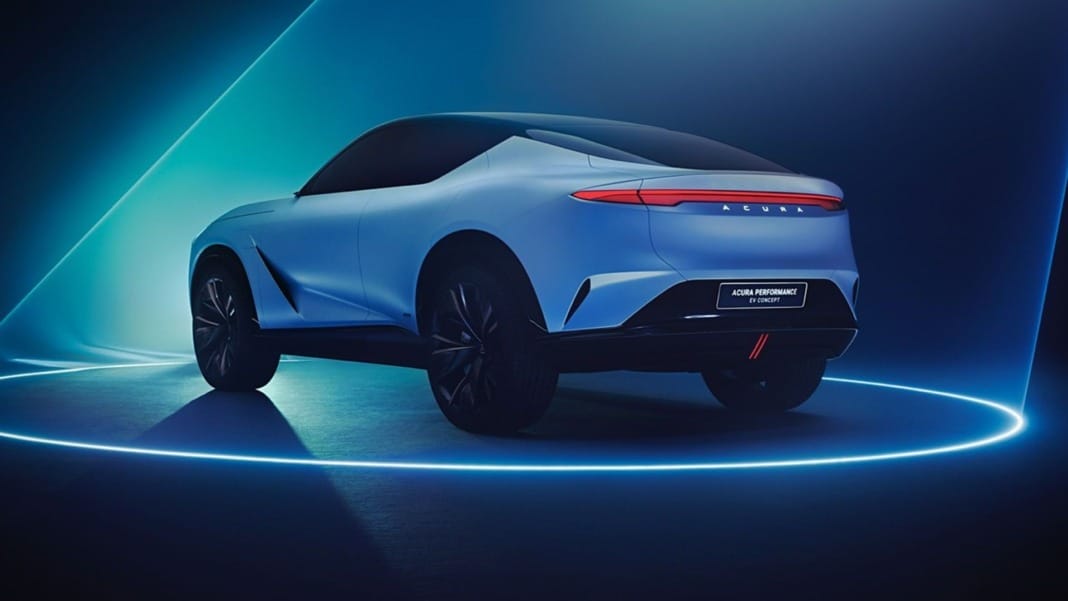Meta has just unveiled a new app that allows you to use your Meta Quest 3, 2, and Pro headsets as screens for gaming consoles, laptops, or any device with video output capabilities. The Meta Quest HDMI Link app is free to download. It offers a relatively affordable solution compared to purchasing single-purpose video glasses, which can often be as costly as the headset.
How it works
Unlike the Air Link feature, which lets you stream video from your PC to your Quest headset over Wi-Fi, setting up the Meta Quest HDMI Link app involves a few more steps and additional hardware. To use this new feature, you won’t simply plug your PS5, Pixel 9, or laptop directly into the Quest’s USB-C port. Instead, you’ll need a UVC (USB Video Class) and UAC (USB Audio Class) compatible capture card that supports 1080p video.
These capture cards are compact, some no larger than a USB flash drive, and are available for less than US$20. They typically come with an HDMI port on one end and a USB-A or USB-C connection on the other. Certain models even offer an extra port for a power adapter, ensuring that your Quest remains charged while you’re using it.
Setting up the app
Once you’ve installed the Meta Quest HDMI Link app on your Quest headset, you’ll need to connect the video source device to the capture card using the appropriate cable, whether USB-C to HDMI, Lightning to HDMI, or another type. After connecting the capture card to the Quest headset, you’ll need to grant the necessary permissions once the headset is powered on. You can view the video feed from the connected device on your Quest’s screen with “near-zero latency.”
Although the resolution is limited to 1080p at 60 frames per second, the app allows you to enjoy a large screen experience without needing a projector. You can also position the video feed in a smaller window alongside other apps, providing flexibility when using your Quest headset.
Future possibilities
While the current setup requires a capture card, future versions of the Quest headset might include built-in functionality for similar purposes, potentially by supporting standards like DisplayPort over USB-C. However, for now, the Meta Quest HDMI Link app offers a practical and cost-effective way to repurpose your existing Quest hardware as a versatile screen for a wide range of devices.
This new feature is another step forward in expanding the functionality of Meta’s VR headsets, making them more than just gaming devices. With this app, you can use your Quest headset to enhance your media experience in ways previously limited to more expensive or specialised equipment.





